How to program a Robert Hood-style lead synth sound
Use TAL Bassline 101 to build a hypnotic groove

Many classic techno tracks have been created with simple mono synths which suit hypnotic grooves. We’re using the TAL Bassline 101 plugin, sequenced within Ableton Live for a Minimal Nation-style riff.
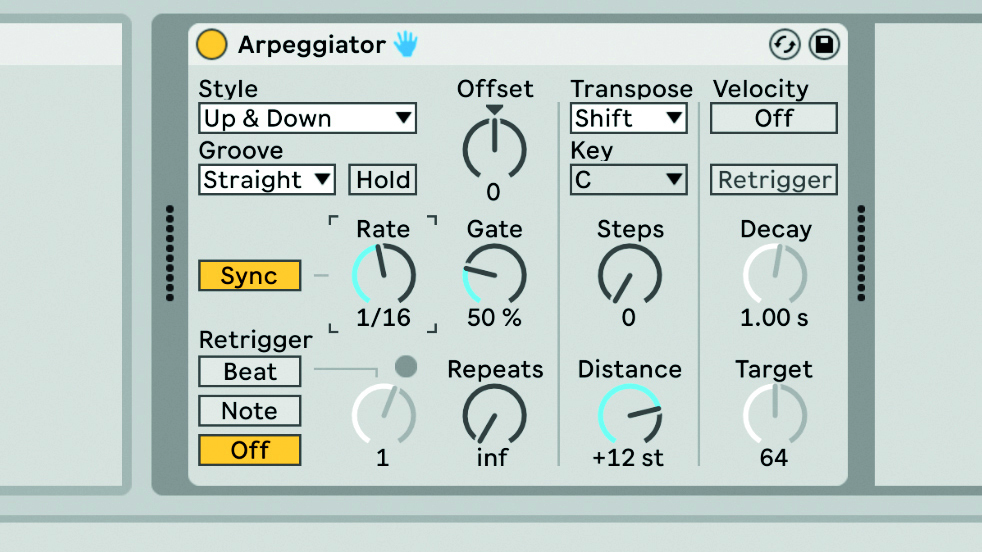
Step 1: The first step is to create a sequence of MIDI notes that will form our synth loop. One useful technique is to use Ableton Live’s arpeggiator, located in the MIDI Effects section, in order to generate tempo-locked notes at various octaves when pressing just a single key.
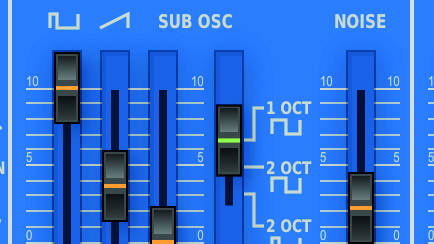
Step 2: For oscillator tones in the Source Mixer section, we’re using a Pulse Wave with the Pulse Width slider set to zero to produce a square wave. The Saw Wave is blended in to add some edge and, to add some distinctive 101-character, a subtle amount of the Noise oscillator is also added.
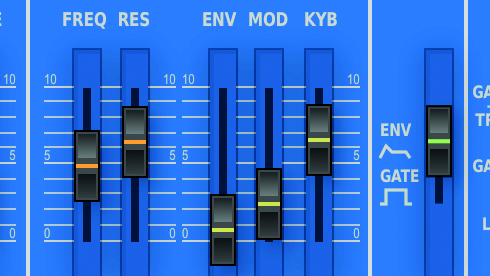
Step 3: The waveforms are now shaped by the Voltage Controlled Filter (VCF) section by adjusting the relationship between the cutoff filter Frequency, Resonance and Keyboard Tracking (KB) sliders. The Filter Envelope (ENV) slider determines how the filter is subsequently controlled by the Envelope Section.

Step 4: The Envelope Section is shared between the Filter and Amplifier section. The settings here create short, snappy notes that affect the duration of each note and the dynamics of the filter based on the Env slider in the VCF section. Higher amounts will produce distinctive Acid-303 style filtering.
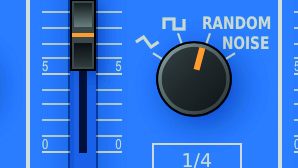
Step 5: The Mod slider in the VCF takes a signal from the Modulator Section of the synth. In this example, we’re adding a small amount from the Random waveform (Sample & Hold) to introduce fluctuations in the cutoff Frequency which helps maintain interest as the loop cycles.
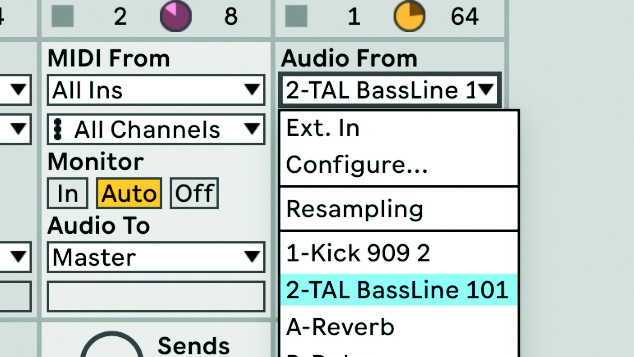
Step 6: Finally, with the loop playing, the audio can be routed to a new audio track and the synth’s controls can be tweaked and recorded in real-time. The final step is to add a touch of reverb and delay, the amount of which will depend entirely on the vibe of your track.
Want all the hottest music and gear news, reviews, deals, features and more, direct to your inbox? Sign up here.
Future Music is the number one magazine for today's producers. Packed with technique and technology we'll help you make great new music. All-access artist interviews, in-depth gear reviews, essential production tutorials and much more. Every marvellous monthly edition features reliable reviews of the latest and greatest hardware and software technology and techniques, unparalleled advice, in-depth interviews, sensational free samples and so much more to improve the experience and outcome of your music-making.
